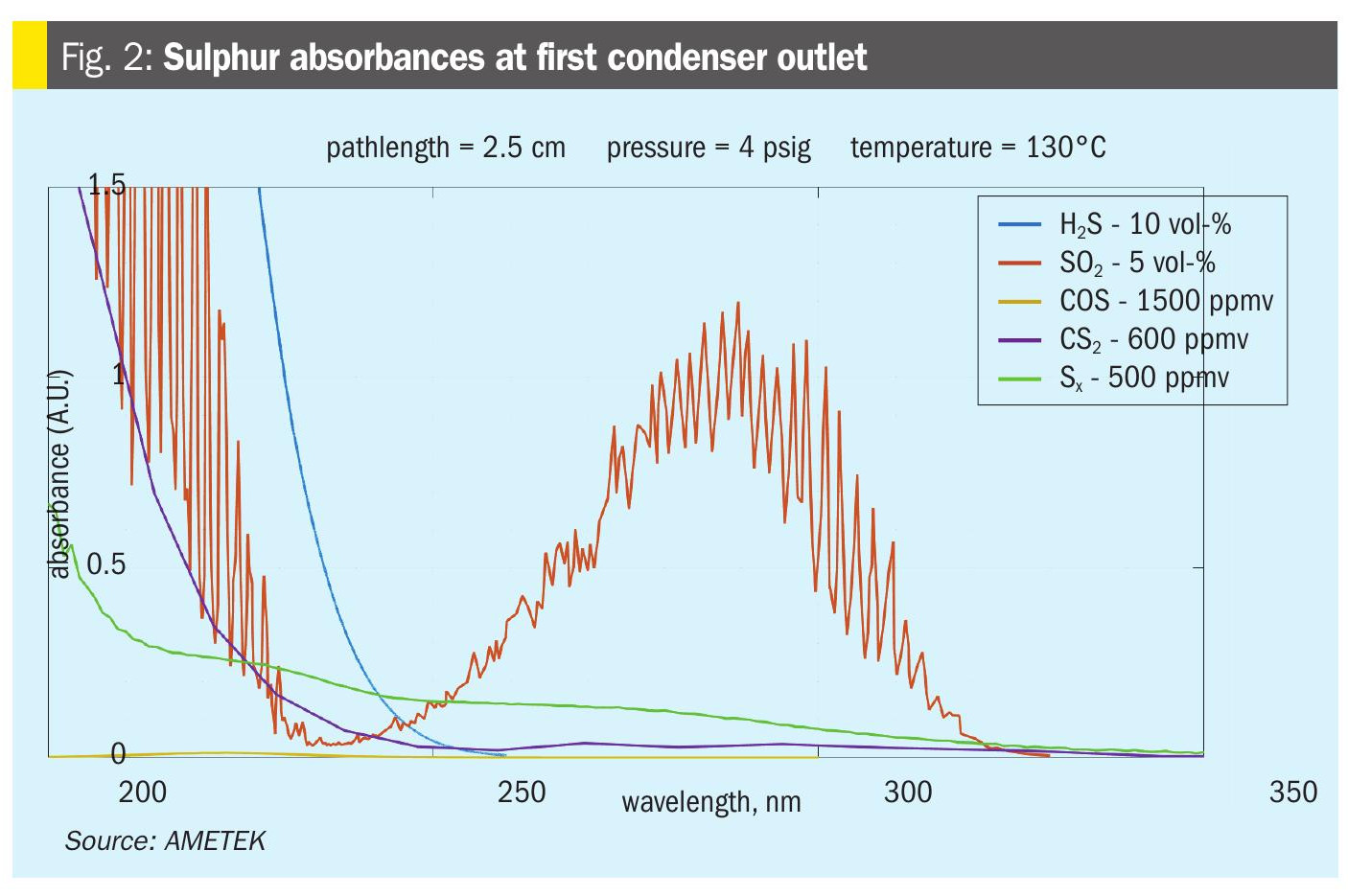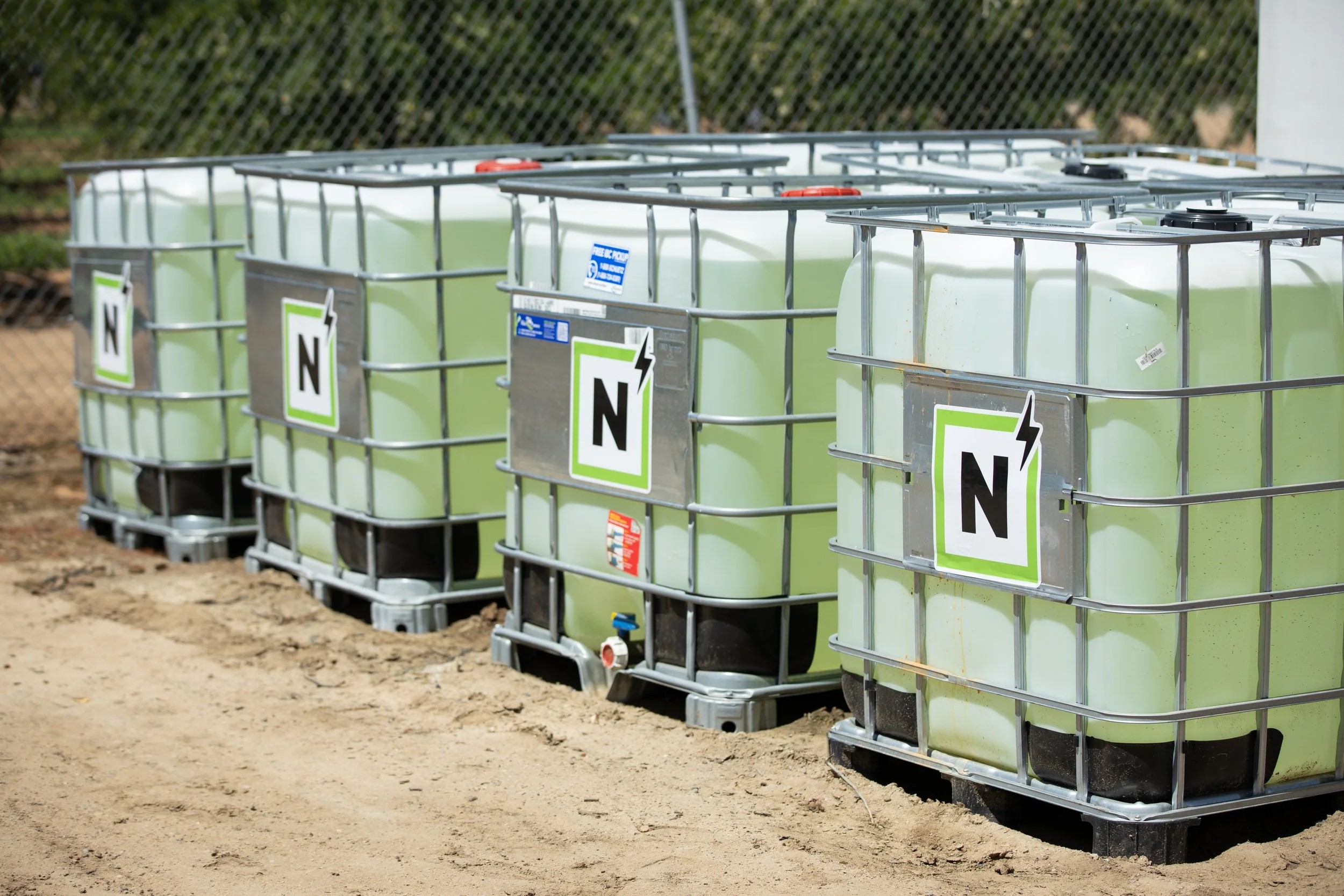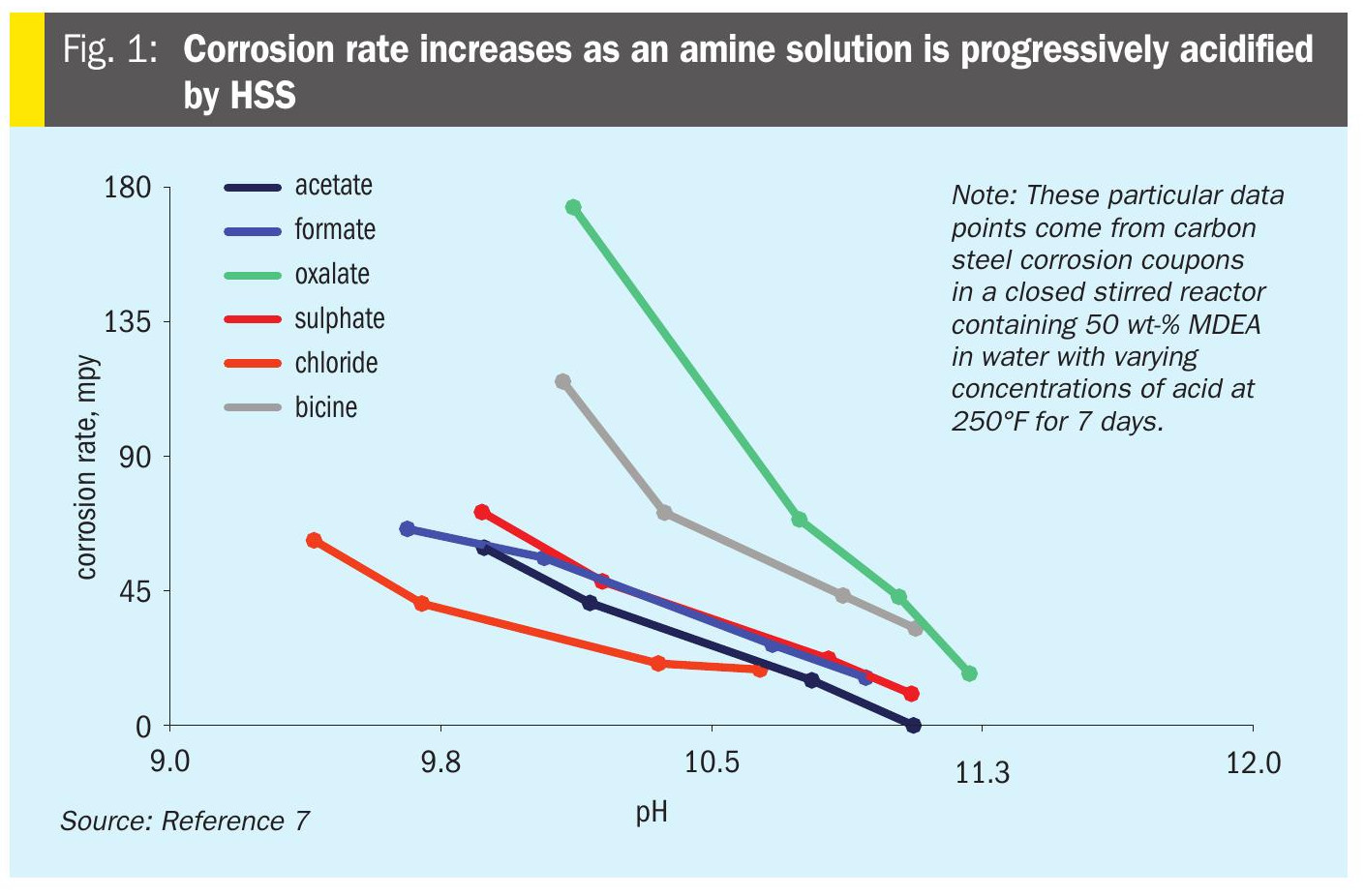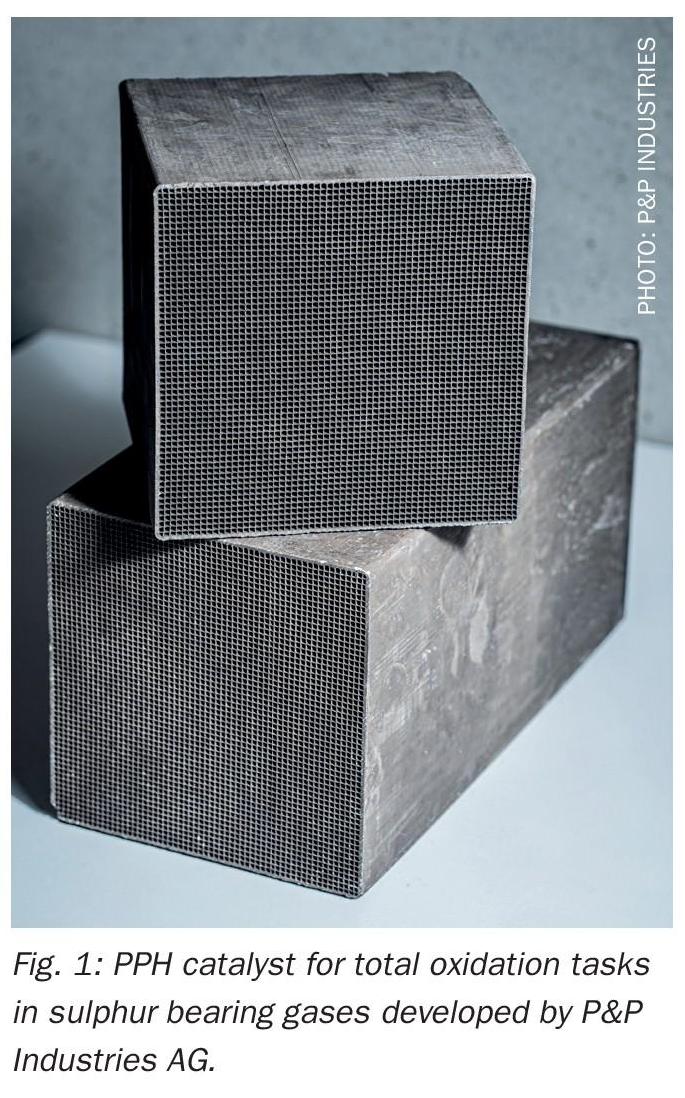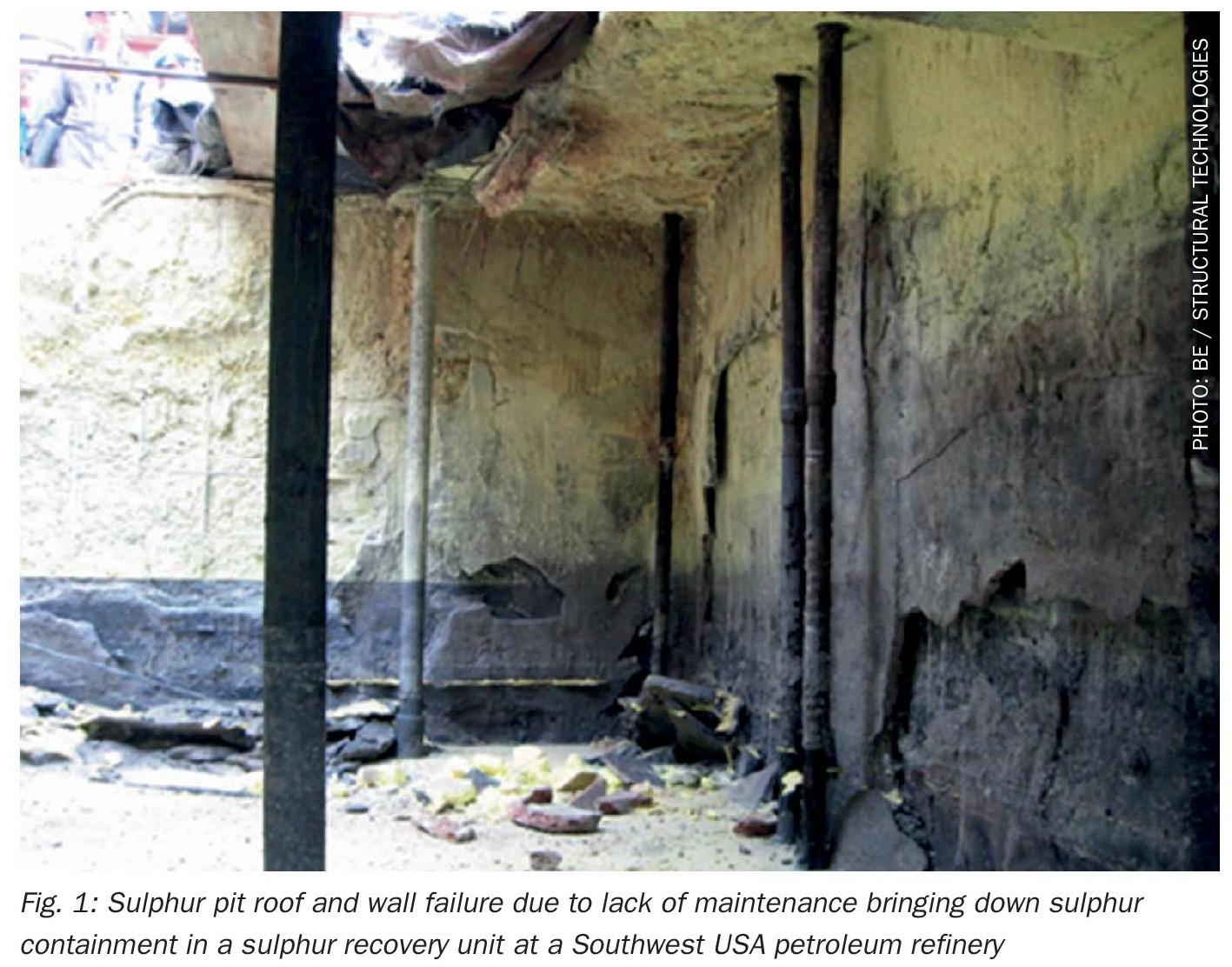Nitrogen+Syngas 306 Jul-Aug 2010

31 August 2010
Problem No. 1: Foaming in purification and concentration section
The heart of any urea plant is the high pressure synthesis section where the two feeds, ammonia and carbon dioxide, are converted to urea with water as a byproduct. As this conversion reaction is an equilibrium reaction, a purification/recirculation section is needed to separate urea (and water) from the more volatile non converted feeds. Downstream of the recirculation section, urea and water are separated in a concentration/evaporation section (see picture). Under vacuum conditions water is evaporated and the urea melt is concentrated to about 96 or 99.6 wt-% depending on the type of finishing section present.

Muhammad Ahsan Sarfraz of Fatima Fertilizer Limited in Pakistan posts a serious operational problem, which he experienced in the Pak-American Fertilizer Limited urea plant in Mianwali, Pakistan, where he previously worked: We have been experiencing a strange problem in our urea plant. It is now the third time that all the sight glasses of the high and low pressure decomposer, concentrators and flash tank start have indicated a sort of soap foam. When this phenomenon happens we experience higher free NH3 in the product but all the operating parameters of the synthesis and concentration section remain the same.
No abnormality in lab results are observed indicating slippage of NH3 to the concentration section. Moreover the operating vacuum pressure in the concentrators remained the same i.e. 190 mm Hg and 45 mm Hg respectively. The high free NH3 in the product doesn’t affect the vacuum and the operating conditions of the section also remain the same. Is there anybody who can help me out?
Majid Mohammadian of PIDEMCO in Iran indicates a likely cause: It may be due to oil penetration into the urea plant by ammonia or CO2.
Mark Brouwer of UreaKnowHow.com in the Netherlands asks for some more specific information: Majid, do you know if foaming can be caused by any kind of oil or are certain types of oil more of a problem than others?
Ahmed Selim of Alexandria Fertilizers Company in Egypt confirms the cause indicated by Mr Mohammadian, asks for further clarification and provides a valuable additional consequence: After this phenomenon, are you facing high recycle pressure in the low pressure carbamate condenser and flash tank condenser? As Mr Majid mentioned, it may be oil leakage from the CO2 or syngas compressors in the ammonia plant, so I think this may also greatly affect stripping efficiency causing severe fouling in stripper tubes.
Mr Sarfraz replies to the responses he received from his original post and confirms that oil can be a cause, but that he is looking for another possible cause like, for example, alcohols or formaldehyde: The effect of oil contamination has been monitored very carefully on a regular basis as we have witnessed this problem last year when we got oil contamination from our NH3 feed pumps. Since then, we have paid special attention to oil carry over and regular oil samples in the NH3 and CO2 and all the streams of the synthesis section are being carried out.
Moreover it is very evident that this oil disturbs the falling film in the HP stripper resulting in a low stripper efficiency. This would lead to high NH3 slippage towards the recovery/purification section. But we don’t face such a problem.
All the results from the stripper outlet streams are well within the desired range. The only thing we have whenever this foaming occurs is that we start to have high free NH3 in product but the system vacuum pressure remains the same. Is there anyone who could guide me as to the possibility of this phenomena caused by alcohols or formaldehyde?
Abdul Raouf of Fauji Fertilizer Company in Pakistan confirms that foaming can also be caused by organic matter. He provides two valuable remedies and confirms that the indications are similar to the ones as experienced by Mr. Sarfraz:
We also faced this problem at our Snamprogetti urea plant due to carry over of organic matter with CO2 from the aMDEA CO2 removal section. We have installed a CO2 washing system at the CO2 compressor and also dose Amerel* in the process condensate treatment section to counter foaming. This foaming does not affect the synthesis section or any other product quality related problem but causes operational problems. Carryover of PCT section distillation tower is most common of all and also erratic level indications of all holders.
*Amerel® is a registered trademark used for defoamer and anti-foamer, in particular, for alkanolamines gas scrubbing systems.
Mark Brouwer of UreaKnowHow.com suggests another cause for foaming: There is a rumour that the N/C ratio is also a parameter in foaming: A high N/C ratio may cause foaming.
Nasir Hussain from Pak Arab Fertilizer Company in Pakistan makes a suggestion why the free ammonia content is increased due to this foaming problem: This may be because of matter which is less volatile than ammonia. This material strips in the recovery sections, leaving unrecovered NH3 which ends up in the prilling section.
| This series of discussions is compiled from a selection of round table topics discussed on the UreaKnowHow.com website. UreaKnowHow.com promotes the exchange of technical information to improve the performance and safety of urea plants. A wide range of round table discussions take place in the field of process design, operations, mechanical issues, maintenance, inspection, safety, environmental concerns, and product quality for urea, ammonia, nitric acid and other fertilizers. |


